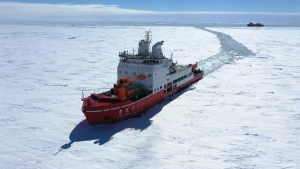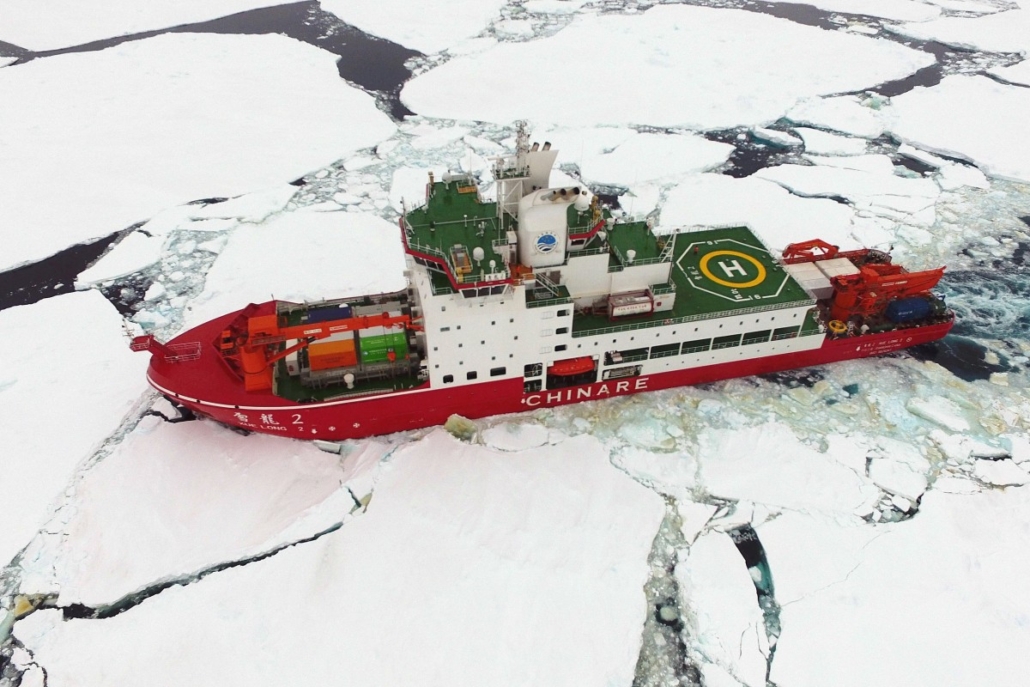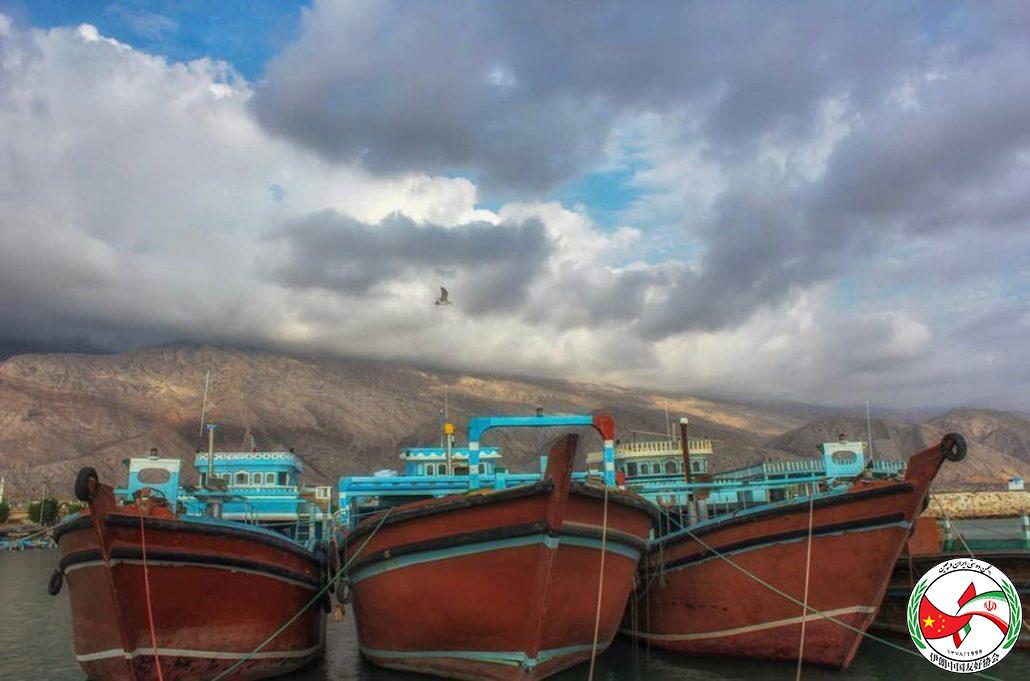China to develop new heavy icebreaker for ‘Polar Silk Road’
China plans to develop a new heavy icebreaker and semi-submersible heavy lift ships – so big that they can carry other ships – in the next five years to support its expanding maritime activities.
The heavy icebreaker is to be used for rescues along China’s “Polar Silk Road” trade route, part of its global infrastructure Belt and Road Initiative. A design for the icebreaker is expected to be completed by 2025, according to a transport ministry notice released last month that did not give further details.
In addition, it said “significant breakthroughs” in construction of a semi-submersible salvage ship – a huge vessel with displacement of 100,000 tonnes – were also expected in that period.
A three-year target has been set for the design to be completed on another semi-submersible salvage ship that could be used for deep-sea lifting of up to 5,000 tonnes.

The new vessels are part of China’s latest five-year development blueprint decided earlier this year. It includes goals on deep-ocean and polar exploration, specialist vessels such as those to support deep-sea operations and the heavy icebreakers, and a plan to develop offshore floating nuclear power stations.
China introduced its Polar Silk Road concept in 2018, saying it would encourage companies to build infrastructure and conduct commercial trial voyages that would “bring opportunities to the Arctic”, and declared itself a “near-Arctic power”. Chinese entities have since opened up new freight routes and conducted scientific expeditions in the region, and Beijing has also announced plans to launch a satellite by 2022 to track shipping routes and monitor changes in sea ice.
But China’s ambitions and growing presence in the polar regions – it has also expanded its footprint in Antarctica, where it has four research stations with a fifth being built – have intensified geopolitical tensions and rivalry, including with the United States and Russia.




